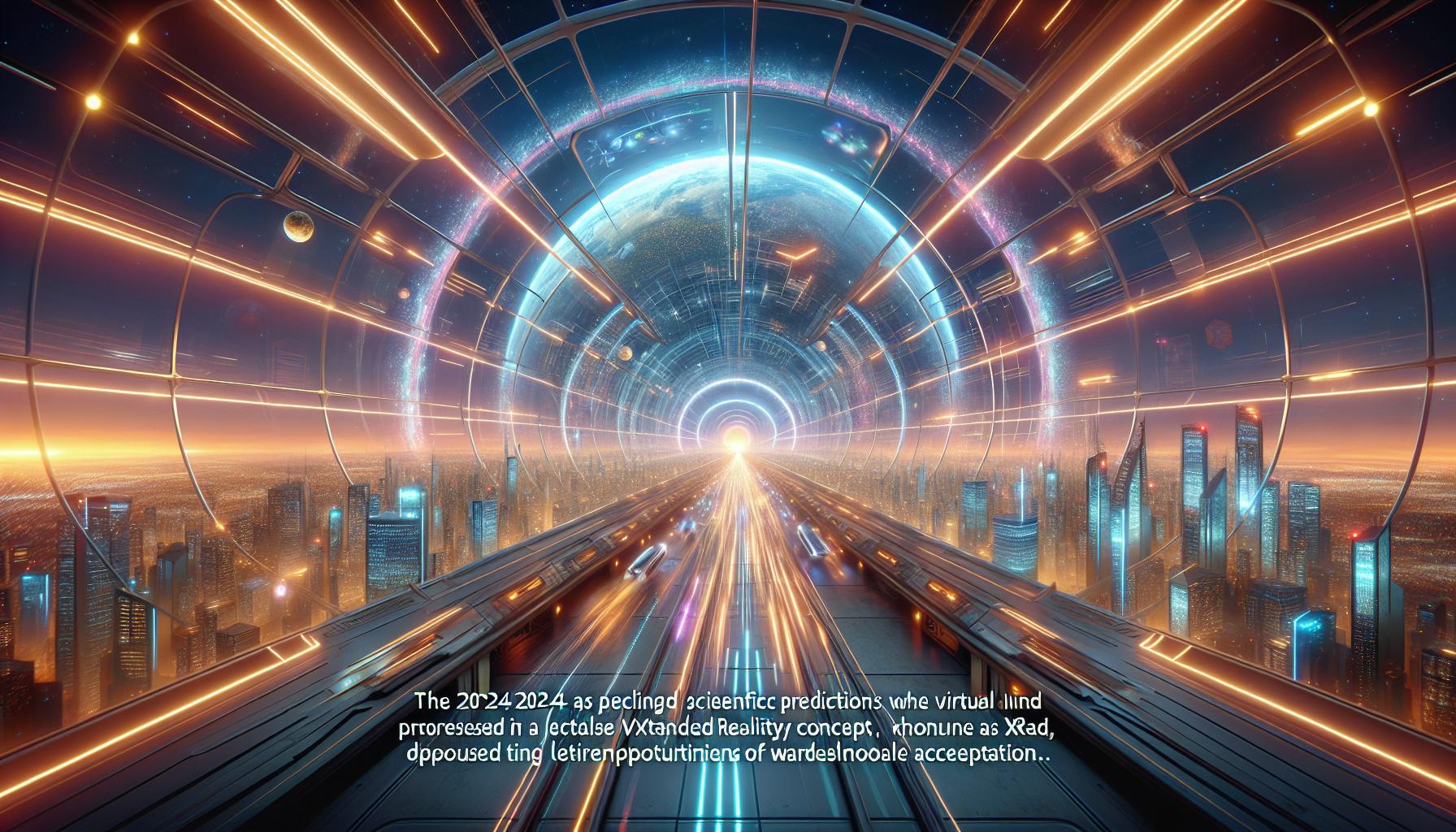Understanding the Virtual Reality Market's Growth Trajectory
The Virtual Reality (VR) market is poised for impressive growth, with projections indicating it will reach USD 143.86 billion by 2029. This growth is attributed to a compound annual growth rate (CAGR) of 30.86% from 2021 to 2029, driven by technological innovations and increased application across various sectors.
Key Segments Driving Growth
The VR market's expansion can be dissected through various segments, including components (hardware and software), device types(such as head-mounted displays and gesture-tracking devices), and technologies (fully immersive, semi-immersive, and non-immersive). These segments cater to a wide array of industries from entertainment and media to healthcare and education.
Impact of Technological Advancements
Technological advancements are a cornerstone of VR's anticipated growth. The adoption of 5G technology promises to enhance user experiences by offering faster data speeds and low latency, crucial for real-time interactions and multiplayer gaming. Furthermore, the integration of artificial intelligence (AI) and machine learning is expected to revolutionize content creation by making experiences more personalized and engaging.
Leading Market Players
Several industry giants are at the forefront of VR innovation. Companies like Oculus VR (Facebook Technologies, LLC), Sony Corporation, and HTC Corporation are driving the development of advanced VR hardware and software, enhancing the immersive quality of VR experiences. These firms are investing heavily in R&D to push the boundaries of VR technology.
Broadening Applications Across Industries
The usage of VR is extending beyond gaming, marking its significance in sectors such as healthcare, where it's used for training simulations and medical diagnostics; and education, where it offers immersive learning experiences. Manufacturing is also leveraging VR for product design and simulation training, showcasing VR's versatility and impact.
Conclusion: A Bright Future for Virtual Reality
The trajectory of the virtual reality market is one of significant growth and evolution. As technological advancements continue to unfold, VR is set to transform how industries operate, offering innovative solutions and enhancing user experiences. The market's expansion will be supported by continuous innovation from leading players, ensuring VR remains at the cutting edge of technology innovation.













